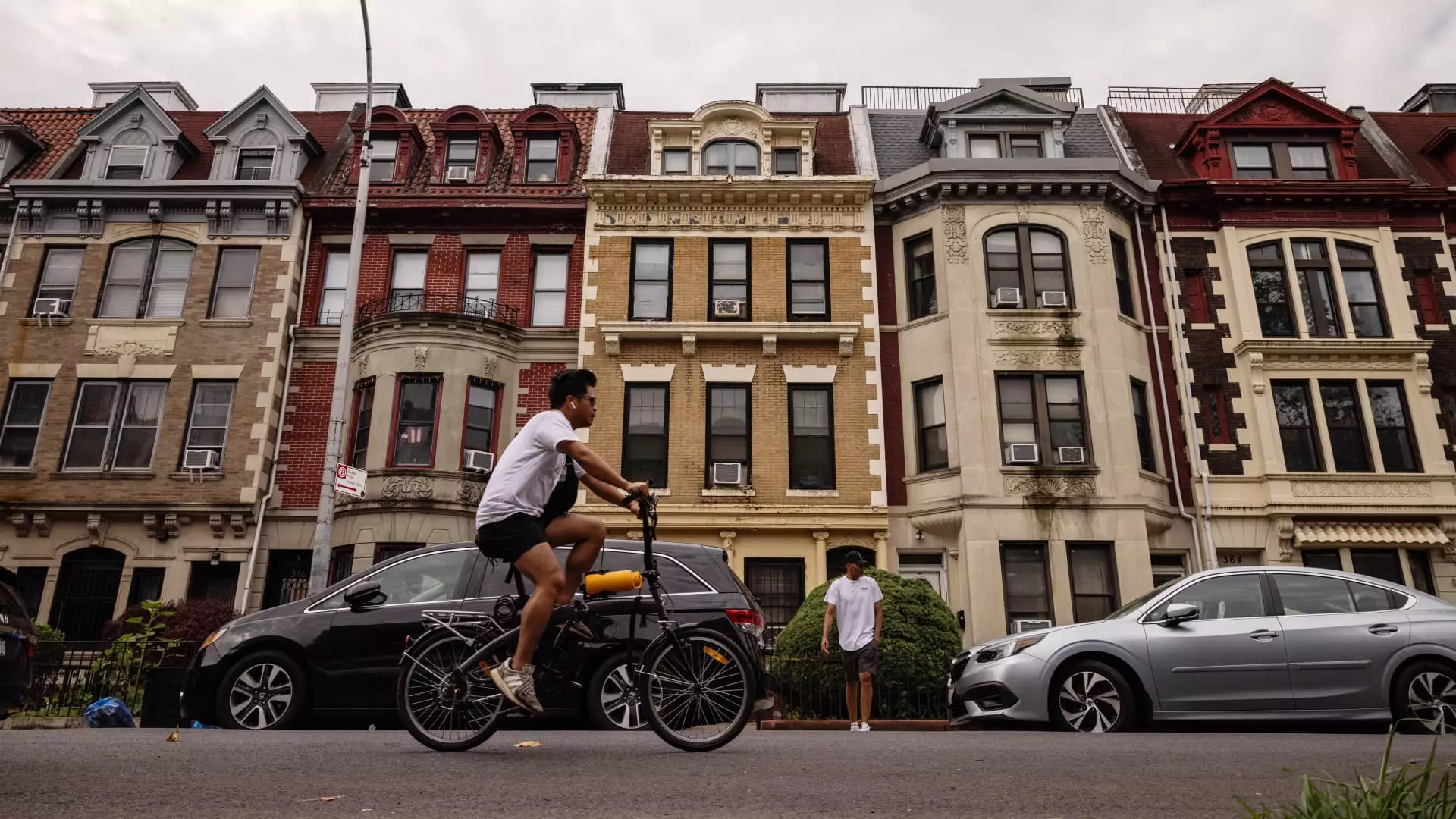Last year brought surprising developments in the U.S. rental landscape, as construction levels soared to unprecedented heights. With nearly 600,000 multifamily units completed—the highest since 1974—the hope was that this influx of apartments would relieve the pressure on renters. However, the reality is starkly different. Instead of lowering competition in the rental market, this new supply has seemingly stoked the flames of demand even further. It’s as if we are witnessing a vivid mirage of relief in a desert of high prices and scarcity. The situation reveals a disturbing disconnect between supply and actual market behavior, raising critical questions about the metrics used to gauge housing availability and what 2024 might hold for renters.
A Renewed Commitment: Lease Renewals on the Rise
One of the most notable factors contributing to this perplexing scenario is the increase in lease renewals among renters. According to data from RentCafe, lease renewal rates surged to 63.1% early this year, an increase from 61.5% the previous year. This might initially sound like a predictable response to market volatility, but it points to something deeper. Renters, facing sky-high mortgage rates and inflated home prices, are opting to stay put despite the promise of newly constructed apartments. The implication here is alarming: the housing market’s stubbornness is perpetuating a cycle of stagnation that keeps people trapped in expensive rentals without the option to transition into homeownership. This begs a larger question: What happens to long-term economic growth when mobility is severely compromised by financial constraints?
The Future of Rental Competitiveness: Who Can Afford to Move?
The ultimate irony of these new developments is illustrated by the Rental Competitiveness Index from RentCafe, which indicates rising competition. A record of seven applicants per available apartment underscores the idea that, even with a significant number of units coming online, demand still outstrips supply in key metropolitan areas like Miami. Landlords are extending lease periods, which can seem like a blessing, but this actually locks renters into long-term commitments amidst rising rates. With Miami being a hotbed of activity—boasting an astonishing 14 applicants per unit—it raises pressing concerns about affordability and accessibility for the working and middle classes. How can cities like Miami, touted as modern-day economic powerhouses, foster robust growth while simultaneously choking off the very lifeblood of its workforce?
A Midwestern Surge: Is It the New Rental Hotspot?
Interestingly, the Midwest has emerged as a surprising leader in rental competitiveness. Ten out of the top 20 hottest rental markets reside in this region, where suburban Chicago, Detroit, and Minneapolis-St. Paul are grabbing headlines. The reasons for this surge vary, but each city’s appeal is a mix of historical importance and economic momentum. A Harvard-educated workforce is no longer just inundated in coastal cities; as tech and healthcare industries expand elsewhere, access to affordable living becomes a cornerstone for attracting talent. However, it raises the question of whether these regions can sustain growth without becoming the next victim of gentrification, ultimately displacing the very residents who fueled their revival.
The Resurrection of Rent: Expect Growth Amidst Decline?
After witnessing a decline in rental prices over the latter half of 2022, a resurgence is once again on the horizon. Nationwide rent saw a slight uptick of 0.3% in February—usually regarded as the onset of a busy rental season. Although rents are still lower than a year ago, a casual observer might mistake this fluctuation for a seasonal trend, oblivious to the long-term implications. While this can seem like good news for landlords and developers, it strongly indicates that renters’ struggles are far from over. If the pattern continues, we could be looking at an unsustainable economy where rising rents continually force out those who simply aspire to a dignified living situation—a phenomena that cries out for political intervention.
Given the current landscape, critical voices must advocate for sensible housing policies that address these disparities. The intersection of supply and demand is revealing the fragile underbelly of our nation’s housing crisis. It’s time for the discourse to shift toward realism—where we not only celebrate new buildings but also critically evaluate if they serve the needs of those who deserve homes.


Leave a Reply